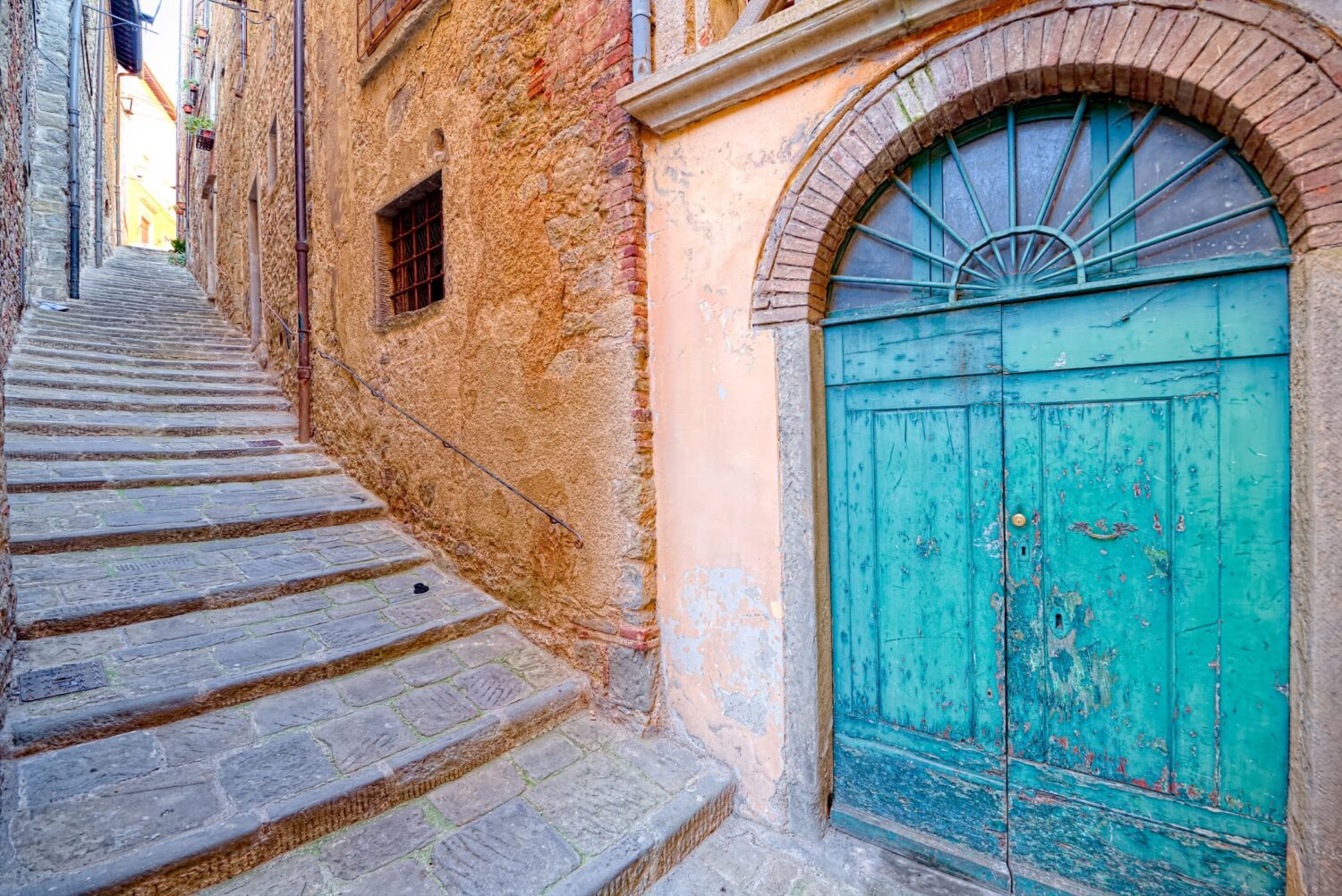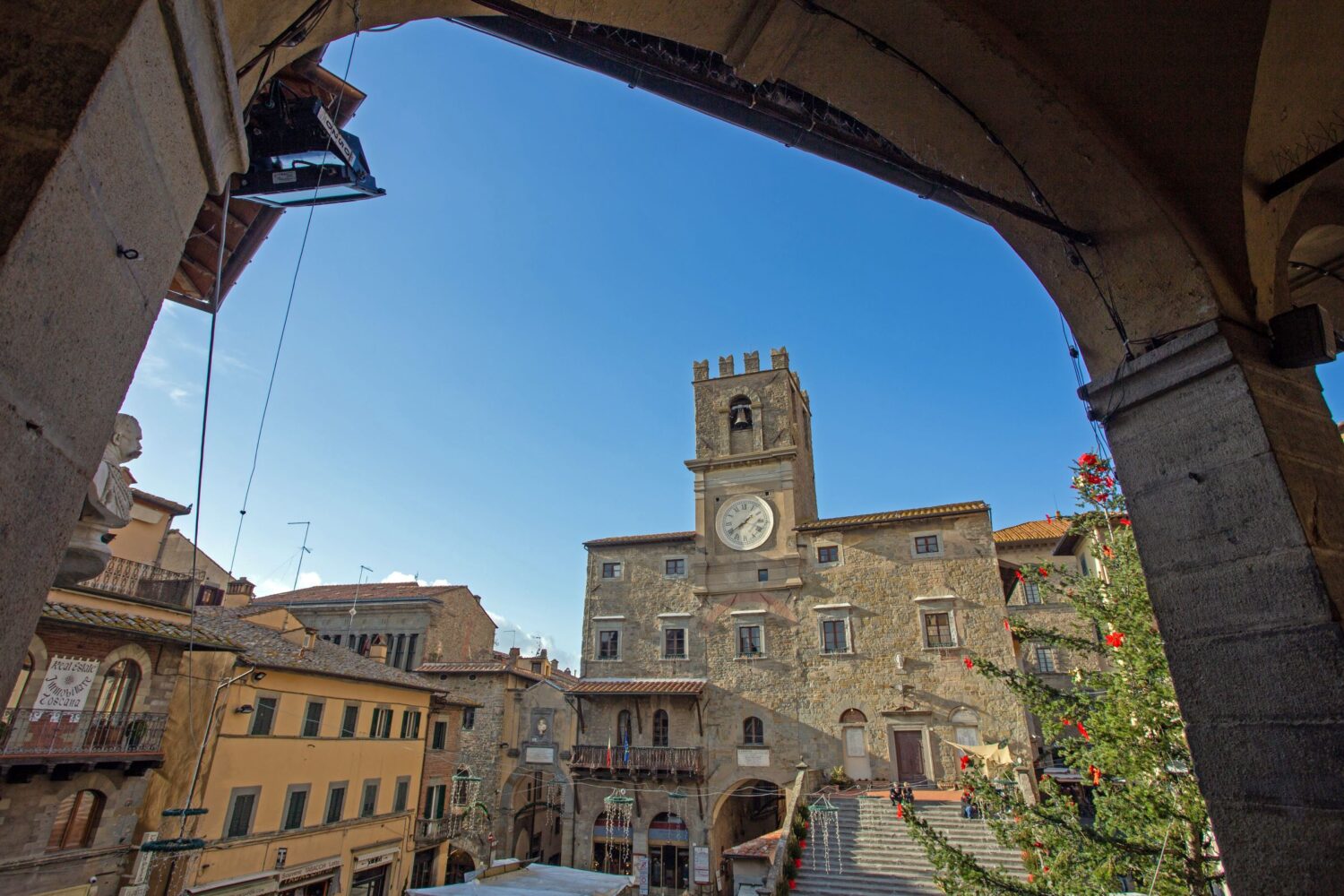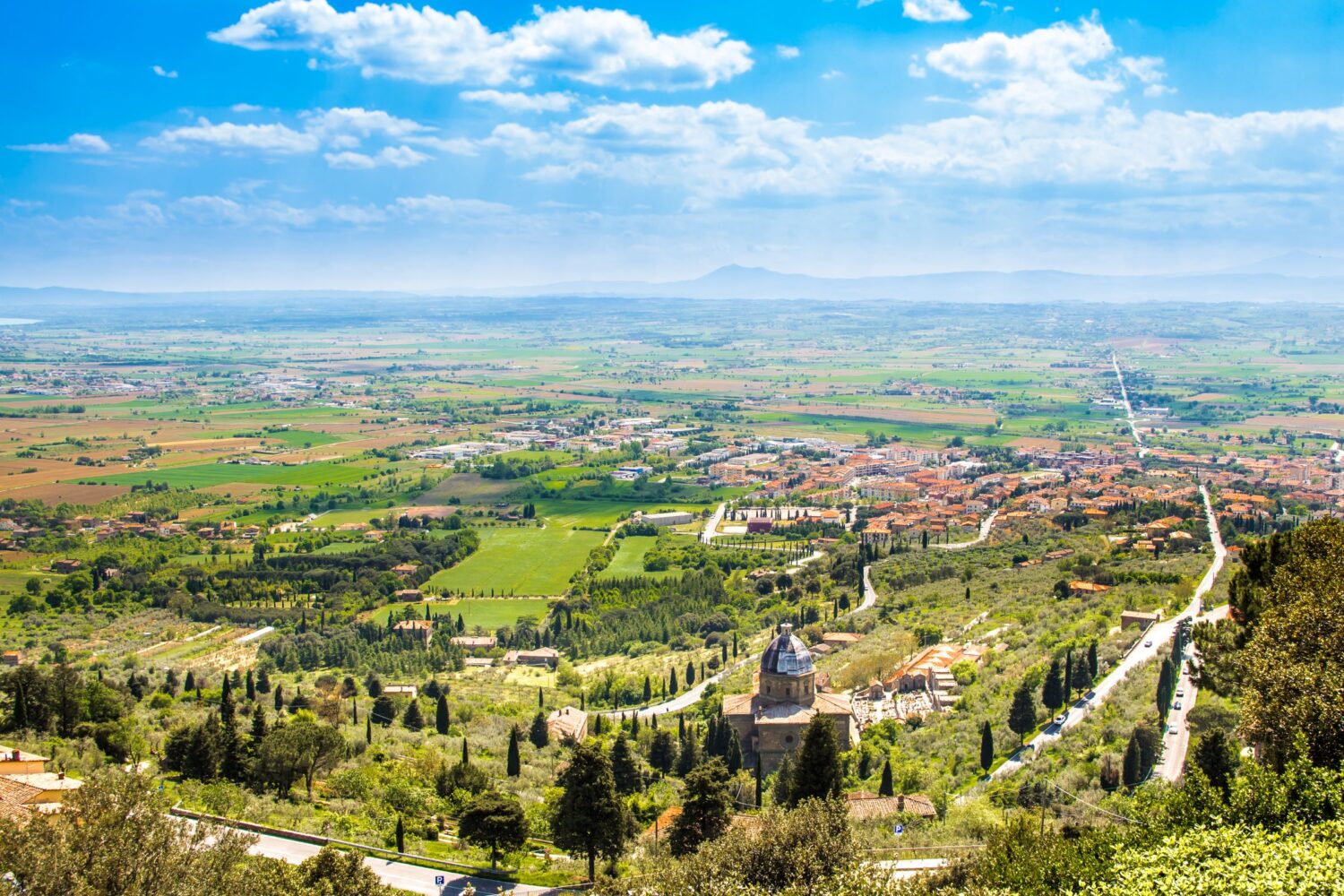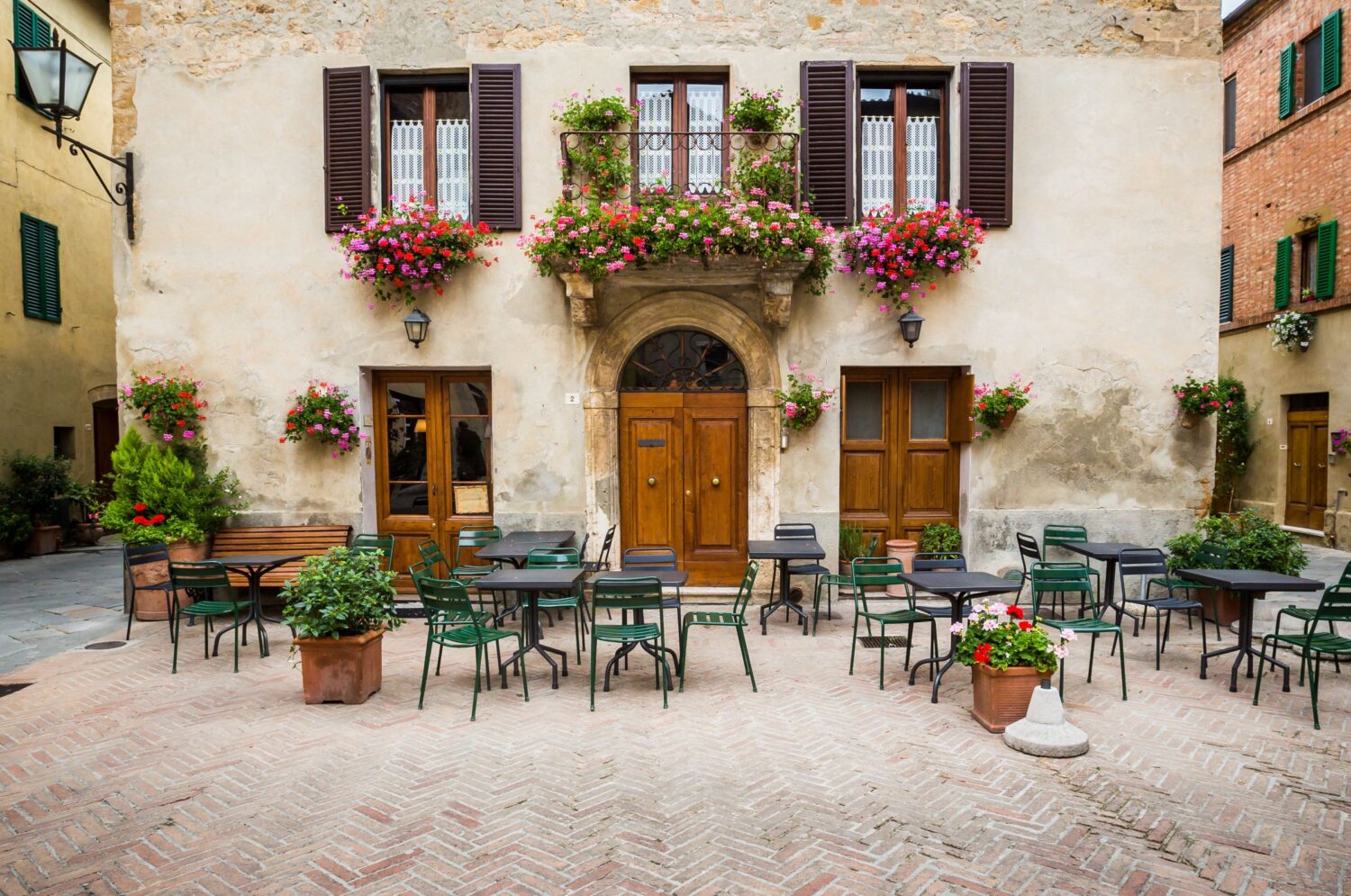Reading time: 5 minutes
At 600 meters above sea level, Cortona is yet another characteristic Tuscan hilltop town with breathtaking views of the Chiana Valley (Valdichiana). Its historic center with its steep, narrow streets is a wonderful combination of Medieval and Renaissance buildings, churches, and museums. You can easily see the major sights in just one day and it is also well connected by train from Arezzo (just an hour) and Florence (about two hours).
Under the Tuscan Sun for over 2,000 Years
For many, this magnificent Tuscan town rose to international fame for the first time in the late 1990s and early 2000s, when Francis Mayes’ book Under the Tuscan Sun was released followed by the blockbuster movie adaptation starring Diane Lane. The truth is that Cortona was already famous in its own right when it was conquered by the Etruscans and then, later, a Roman colony called Corito. It rose to glory during the Renaissance period under the rule of the Grand Duke of Tuscany, Cosimo I de’ Medici, who commissioned numerous churches and fortifications.

What to See in the Historic Center
Most people begin their walking tour of Cortona from Piazza Garibaldi which has the best view in the entire town. From here, you can see the nearby region of Umbria and Lake Trasimeno where Hannibal ambushed the Roman army in the third century BC.
After you have snapped a few (hundred) photos, make your way to Cortona’s main square, Piazza della Repubblica, which was once the site of the Roman Forum. Palazzo Comunale is the building that demands attention in this piazza with its Romanesque appearance and clock tower.

Make your way to the nearby Piazza Signorelli where you’ll find the MAEC (Museum of the Etruscan Academy and of the City of Cortona) housed inside Palazzo Casali. If Etruscan culture interests you even in the slightest, do not skip this museum! The impressive collection includes one of the longest Etruscan texts found to date, an Etruscan chandelier, as well as Roman and even Egyptian artifacts.
Visit the MAEC’s official website here which also contains information about the nearby Archaeological Park.
The Cathedral of Santa Maria Assunta (the Duomo) is at the furthest end of town along with the Diocesan Museum. The facade is very Romanesque while the interior is more Renaissance. Inside, you’ll find works by Pietro da Cortona, Bernabei, and Signorelli. If you are not pressed for time, do visit the Diocesan Museum which boasts masterpieces by Beato Angelico, Lorenzetti, and many more.
Just Outside the Historic Center
If time allows, just a short distance from the historic center, there is the Eremo delle Celle where St. Francis of Assisi lived, and the famous Sanctuary of Santa Maria delle Grazie al Calcinaio, designed by the architect Francesco di Giorgio Martini. Finally, the Church of Santa Maria Nuova, built by the legendary architect Giorgio Vasari in the 16th century, merits a visit.
For views overlooking Cortona, head to the Girifalco Medici Fortress which also happens to be just a five-minute car ride to Francis Mayes’ Villa Bramasole where the author continues to reside for several months of the year.

Food, Wine, and Culture
Like just about all of Tuscany, Cortona is famous for its Chianina beef, wild boar (often served as a rich pasta condiment), cured meats, and above all, Pecorino cheese. Cortona has many DOC wines including Syrah, Merlot, Cabernet Sauvignon, Chardonnay, and Vin Santo.
The town hosts all kinds of events throughout the year from Christmas markets to the Medieval Festival in May/June, Giostra dell’Archidado.

Getting Here
While many people decide to arrive by car, it is possible to take the train. When purchasing your tickets, you’ll want to enter either the Terontola or Camucia station (Florence-Rome line); or Terontola if arriving from Perugia, Assisi, or Terni.
From the train station, you can take the city bus into the historic center for just a few euros.
Regardless of when you visit or for how long, one thing is for certain: Cortona will have you falling head over heels in love with Tuscany!


